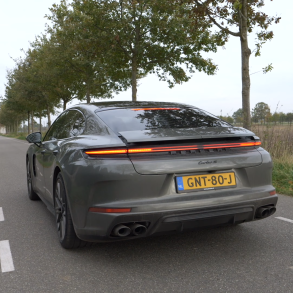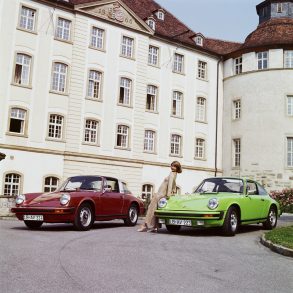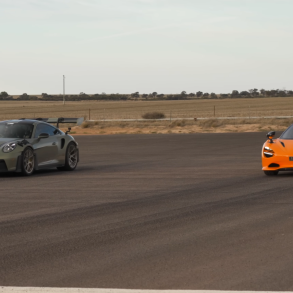This year marks the 60th anniversary of the Porsche 911 Targa, one of the most distinctive models in the 911 lineup. First introduced in 1965, the Targa has remained a constant presence even after the Cabriolet debuted in 1983.
The name “Targa” originates from the Targa Florio road race in Sicily, where Porsche achieved 11 overall victories. Porsche had always planned an open-top version of the 911, following the tradition of the 356. However, early attempts at a full cabriolet failed due to rigidity issues and concerns about U.S. safety. The solution was the now-iconic roll bar integrated at the B-pillar, offering both structural stiffness and rollover protection. Originally called the “safety cabriolet,” the final name became “Targa.”
The earliest models featured a brushed aluminum roll hoop and a removable soft rear window. By 1968, a glass rear screen became standard. Minor changes were implemented throughout the G-series, 964, and 993 generations, with updates to materials, trim, and roof mechanisms. A significant redesign arrived with the 993 in 1995, introducing a power-sliding glass roof. This system carried through the 996 and 997, gaining practicality with a hatchback-style rear window.
The 991 and 992 generations brought the most advanced Targa yet, with a complex roof mechanism that retracts the rear section in a 19-second sequence. Despite the technology, the design remains faithful to the original 1965 concept: a roll hoop and removable roof panel.
The folks from 9WERKS TV get to drive one of the oldest surviving examples, and highlighting just how innovative the first Targa was. This Polo Red 1967 model from the Porsche Museum retains its original character, from manual windows to its four-speed gearbox.











